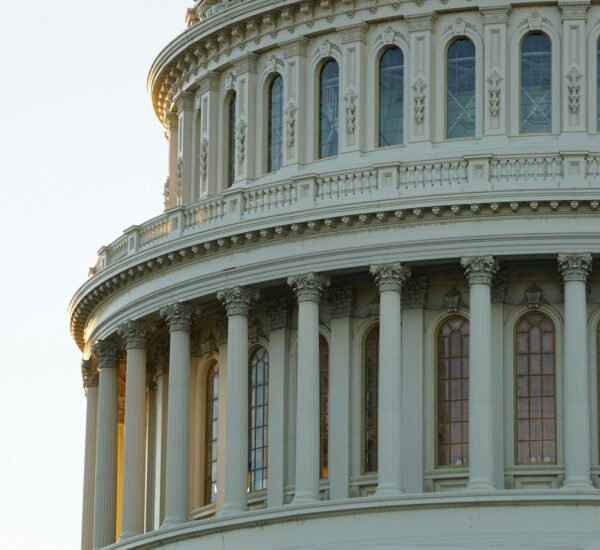Here’s what happened.
President Donald Trump is now facing an unexpected challenge — not from Democrats or the mainstream media — but from America’s wealthiest earners, who are souring on his leadership at a pivotal moment in his second term.
According to a new Economist/YouGov poll, Trump’s approval rating among Americans earning over $100,000 per year has dropped to its lowest point yet, with his net approval rating sinking to -16 points. This marks a steep fall from -10 in July and surpasses the previous low of -14 in April, which followed the announcement of Trump’s bold “Liberation Day” tariffs — a signature part of his America First trade agenda.
This trend signals potential trouble for Republicans heading into the 2026 midterm elections, where affluent voters often play an outsized role through high turnout and massive campaign donations.
From Strong Support to Decline
When President Trump returned to the White House, he began his second term with strong backing from high-income earners. At that time, his net approval stood at +6, with 49% approving of his performance and 43% disapproving.
However, that support has eroded as wealthy investors and corporate leaders have grown uneasy over Trump’s hardline tariff policies. Two billionaire hedge fund managers, Bill Ackman and Dan Loeb, have openly criticized the President, warning that his aggressive trade moves could destabilize markets and hurt profits for American companies.
For Trump, losing this influential demographic could weaken his fundraising power, threaten GOP campaign war chests, and shift key suburban districts that often decide midterm control of Congress.
Month-by-Month Decline in Approval
Trump’s approval among six-figure earners has followed a dramatic rollercoaster:
- January 2025: 49% approval vs. 43% disapproval (Net +6)
- April 2025: Following the “Liberation Day” tariffs, approval fell to 43% while disapproval jumped to 57% (Net -14)
- May 2025: Small rebound after Trump temporarily paused tariffs, approval climbed to 47% vs. 49% disapproval
- July 2025: Decline resumed, with 44% approval and 54% disapproval (Net -10)
- September 2025: New low of -16, with only 41% approving and 57% disapproving
The stock market plunged in April following Trump’s tariff announcement, sparking fear among investors. While there was a brief rebound in May, the uncertainty surrounding his on-again, off-again trade moves has left many wealthy Americans uneasy.
Troubling Poll Numbers Nationwide
The bad news isn’t just limited to wealthy voters.
- August Quinnipiac Poll: Trump’s nationwide approval stood at 37%, with 55% disapproving.
- July YouGov Poll: Disapproval climbed five points in just three months, rising from 52% in April to 57% by July.
Even in rural America, where Trump’s support has historically been strongest, there are signs of declining enthusiasm, a warning sign for Republicans as they prepare for high-stakes elections in 2026.
Experts Sound the Alarm
Political analyst Thomas Gift, director of the University College London Centre on U.S. Politics, warned that Trump’s volatile trade strategy is rattling key donors and business leaders:
“Many high-income voters worry that Trump’s bold, populist approach is shaking confidence in the markets. His back-and-forth tariff policies have fueled uncertainty, with investors reacting strongly to nearly every comment he makes about the economy.”
Why This Matters for Trump and the GOP
High-income Americans represent far more than just votes. They are also major donors, business influencers, and political organizers who have the ability to tip close races and shape the GOP’s financial future.
If this group remains dissatisfied with Trump’s policies, it could limit Republican fundraising, weaken advertising efforts, and allow Democrats to dominate key swing districts.
At the same time, Trump’s blue-collar base remains energized by his America First agenda, creating a delicate balancing act for the President: energize his loyal base while reassuring wealthy voters that his policies will deliver long-term economic stability.
The Road Ahead
As the 2026 midterms draw closer, Trump faces the challenge of winning back trust among America’s wealthiest citizens while maintaining his appeal to the working-class voters who fueled his political rise.
If he succeeds, the GOP could see a red wave in November 2026. But if wealthy voters continue to turn away, the Republican Party risks losing critical ground in key battleground states.
Key Takeaway for Conservatives
This latest polling shows why conservatives must stay engaged and informed. Democrats are counting on divisions within the GOP to weaken Trump and reclaim power. By understanding these trends and mobilizing early, Republican voters can ensure a strong victory in 2026 and keep America on the right track.






